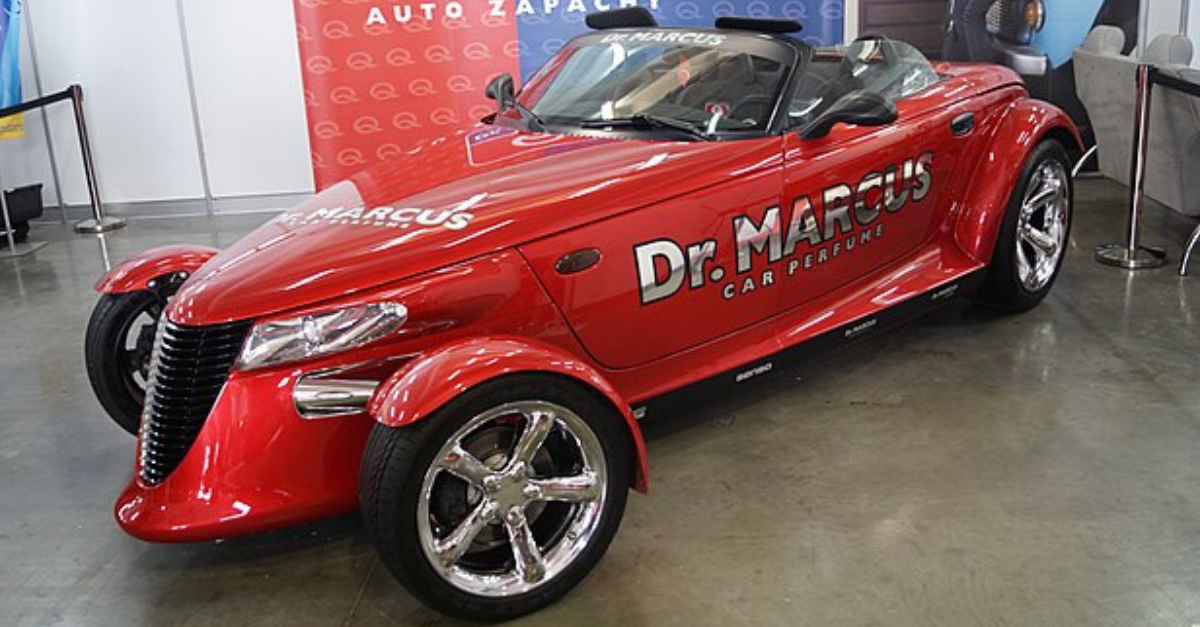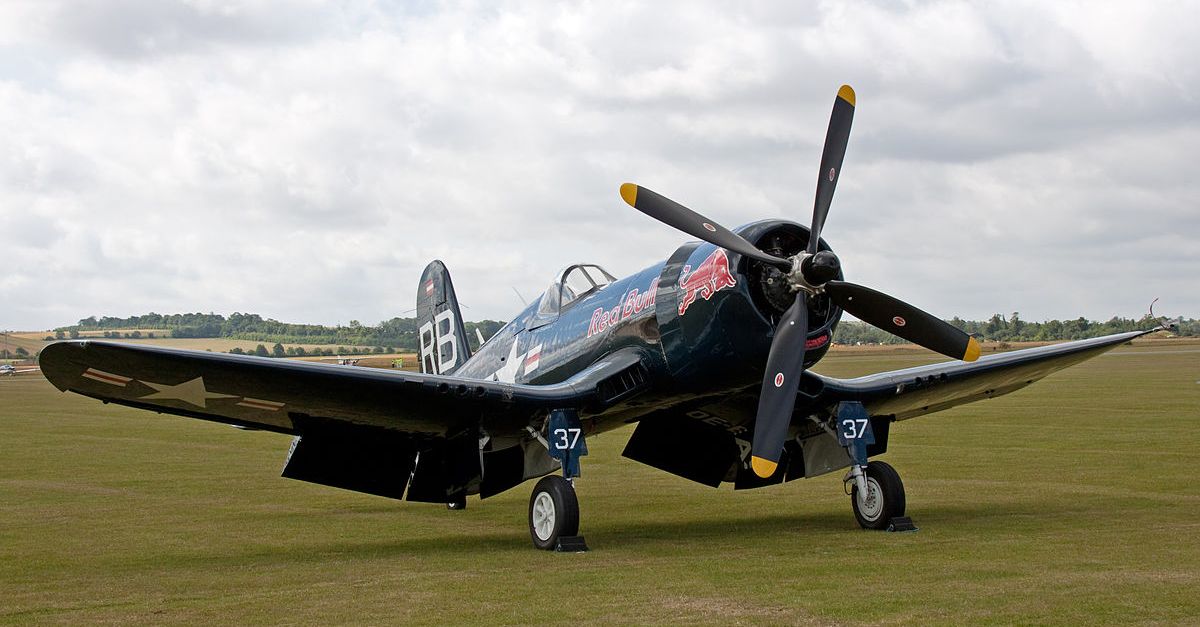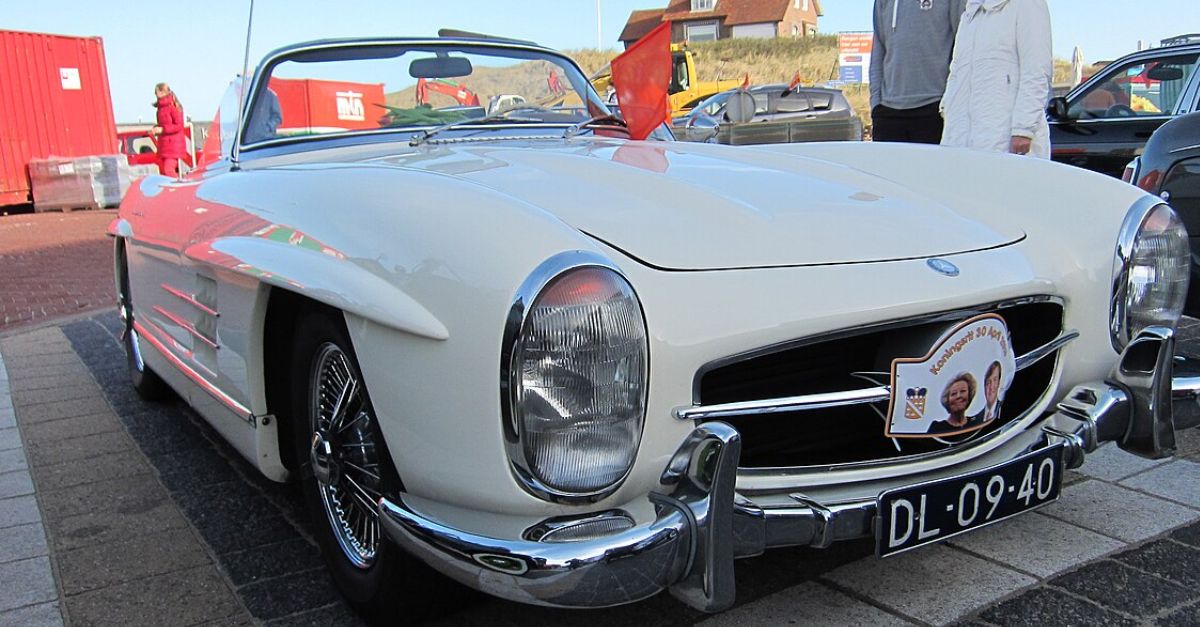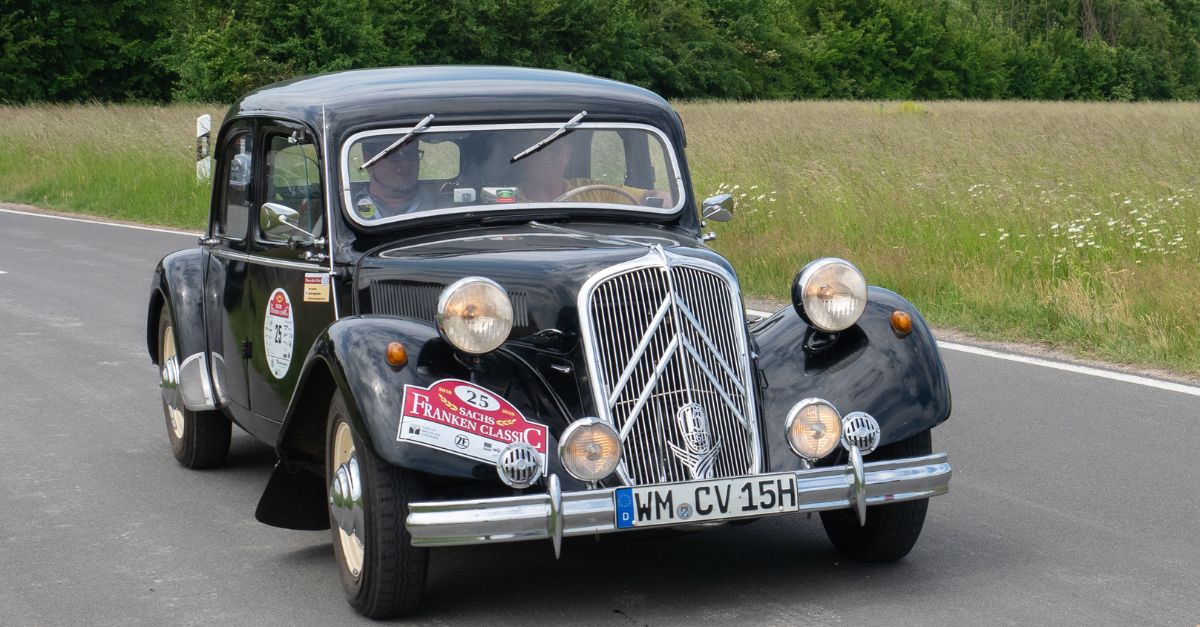When Hot Wheels Grew Up And Asked For Insurance
It looked like a concept car that escaped security—sleek nose, exposed pushrods, giant rear tires—and for a brief, neon-lit moment, it convinced America that a factory-built hot rod could be a thing. Then reality knocked, asked where the V8 was, and the Prowler kind of shrugged.
A Retro Dream In A Real-World Showroom
Born from a 1993 concept, the Plymouth Prowler (later Chrysler Prowler) hit production for 1997–2002 as a two-seat, aluminum-intensive roadster. Its open, Indy-style front wheels and teardrop tail delivered jaw-drop curb appeal. On paper, it promised rebellious hot-rod vibes; on pavement, it often felt more boulevard than back road.
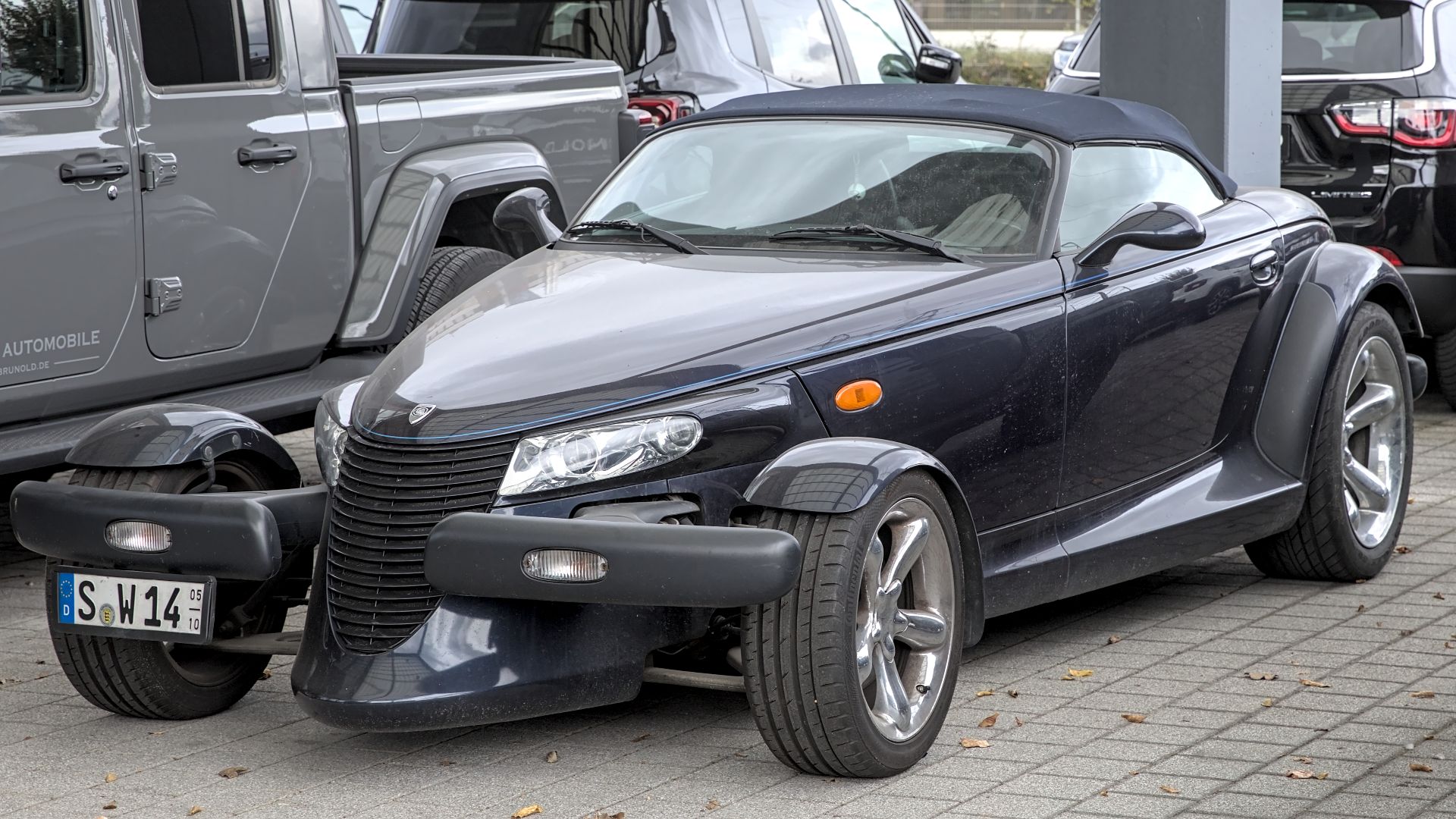 Alexander Migl, Wikimedia Commons
Alexander Migl, Wikimedia Commons
Thomas Gale’s Love Letter To The ’30s
Chrysler design chief Thomas C Gale adored prewar hot rods and wanted to channel that spirit into a modern halo car. The surfacing, the stance, the long nose—everything said nostalgia without pastiche. It was a corporate green light for pure design theater, and it showed every time a crowd formed.
Chip Foose Lines It Up
Early student sketches at ArtCenter and Chip Foose’s thesis work helped crystallize the look. Foose initially had a coupe in mind before the roadster silhouette took over. The result felt like a custom build that somehow slipped onto a production line with its personality intact.
Aluminum, Adhesives, And Ambition
The Prowler doubled as a rolling materials lab. Its chassis relied heavily on bonded aluminum, and its body panels were formed in Ohio before hand assembly at Detroit’s Conner Avenue plant. Lightweighting wasn’t just a buzzword—it helped aim for that tidy 50:50 weight distribution.
 ZidaneHartono, Wikimedia Commons
ZidaneHartono, Wikimedia Commons
Hot-Rod Shape, Rental-Car Heart
Under that dramatic hood lived Chrysler’s 3.5-liter SOHC V6, 214 hp at launch, bumped to 253 hp from 1999 onward. The rear-mounted four-speed Autostick transaxle kept the weight balanced but dulled the thrill. The styling shouted V8 thunder; the drivetrain whispered “be home by 10”.
 ZidaneHartono, Wikimedia Commons
ZidaneHartono, Wikimedia Commons
The Torque Tube Twist
Power traveled via an open, tube-style shaft spinning at engine speed to a rear transaxle. It wasn’t a true rigid torque tube like a C5 Corvette, but it did the balance trick. The setup made engineering sense—even if it didn’t satisfy the bench-racing crowd.
 Michael Rivera, Wikimedia Commons
Michael Rivera, Wikimedia Commons
Numbers That Looked Better Than They Felt
Early cars did 0–60 mph in about 7.2 seconds with a 118-mph limiter. Later models cut the sprint to roughly 5.9 seconds and lifted top speed to 126 mph. Quick enough for 1990s traffic, sure—but the Prowler’s wild looks raised expectations the stopwatch couldn’t meet.
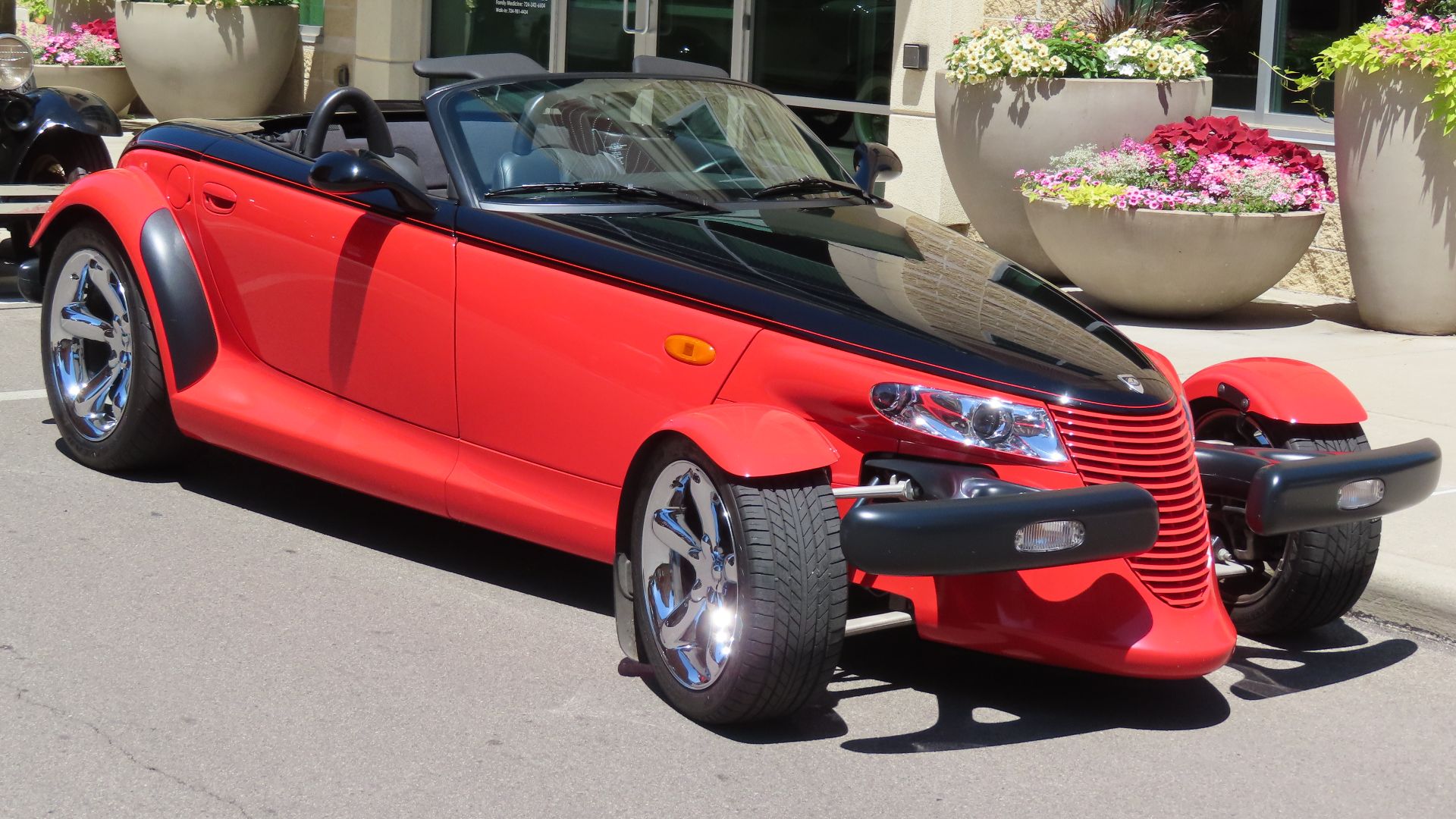 MercurySable99, Wikimedia Commons
MercurySable99, Wikimedia Commons
Daily-Driver Creature Comforts
Keyless entry, power everything, dual airbags, leather buckets, and legit A/C made the Prowler more livable than its radical styling implied. The color-matched gauge bezel and center-mounted pod brought theater to the cabin. It was the rare head-turner that would actually start on cold mornings.
 Jeremy from Sydney, Australia, Wikimedia Commons
Jeremy from Sydney, Australia, Wikimedia Commons
And Then There Was The Trunk
You could store the soft top and not much else. Cargo space was a vibe, not a volume. Chrysler offered a color-matched trailer—yes, really—for about five grand, which looked like the back half of a Prowler had learned to follow.
A Price For The Poster
MSRP hovered from $38,300 in 1997 to $44,625 by 2002, and buyers were essentially paying for style and experimentation. Limited production kept exclusivity high, if not long-term demand. The Prowler was less a value play than a museum piece you could register.
 Greg Gjerdingen from Willmar, USA, Wikimedia Commons
Greg Gjerdingen from Willmar, USA, Wikimedia Commons
Colors As Loud As The Lines
From Prowler Purple to Inca Gold, from Orange Pearl to the Mulholland Blue and two-tone specials, the palette was a car show on wheels. Even parked, it looked like motion blur. The one-off High Voltage Blue Conner Avenue Edition became instant lore.
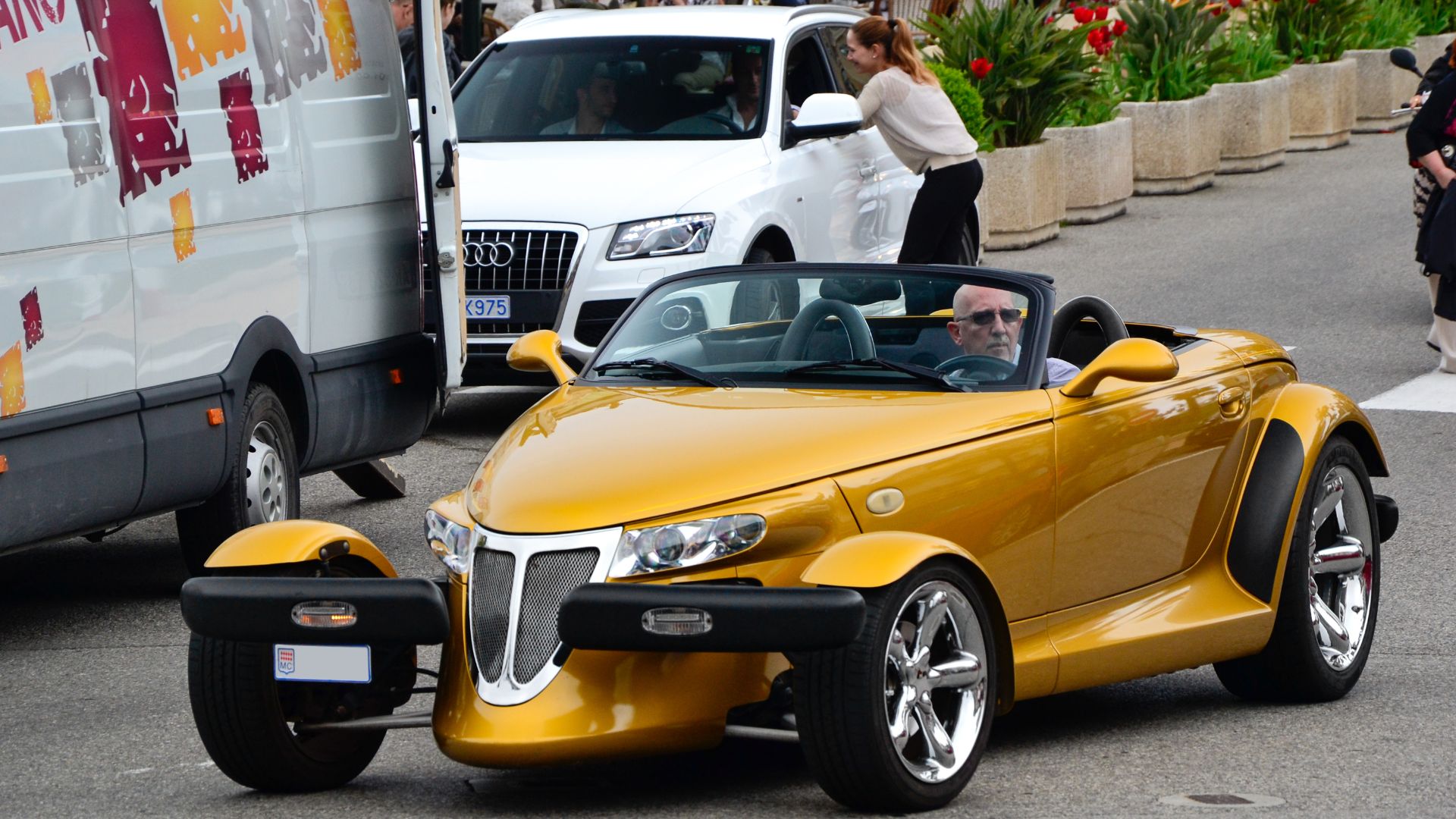 Alexandre Prévot from Nancy, France, Wikimedia Commons
Alexandre Prévot from Nancy, France, Wikimedia Commons
The Production Arc
It arrived for 1997, skipped 1998, returned for 1999–2000 as a Plymouth, and reemerged as a Chrysler for 2001–2002 after Plymouth’s demise. Total run: 11,702 cars. The final Prowler rolled off the line on February 15, 2002—just in time for the Crossfire to inherit the “niche” badge.
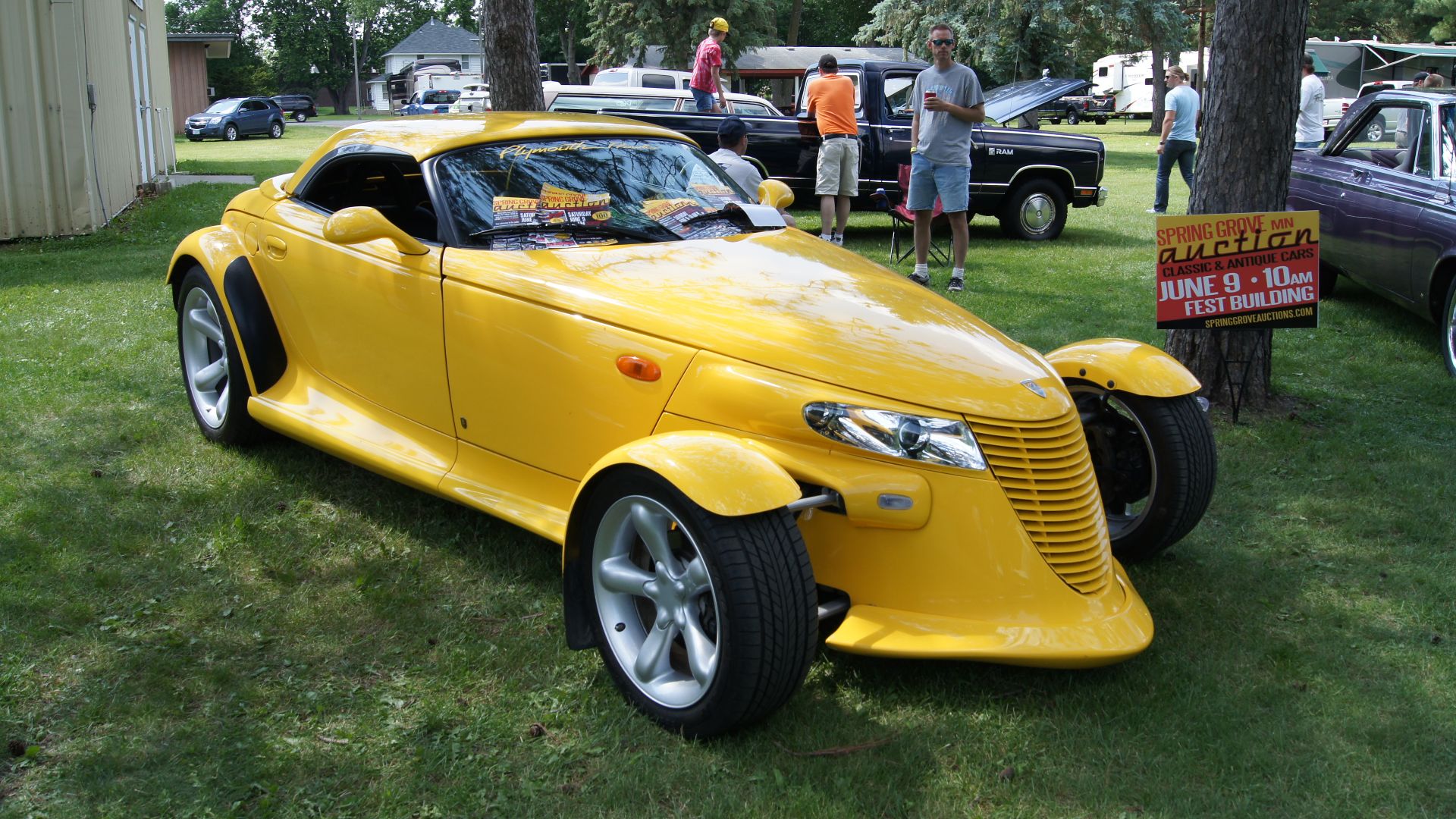 Greg Gjerdingen from Willmar, USA, Wikimedia Commons
Greg Gjerdingen from Willmar, USA, Wikimedia Commons
The Time-Capsule Flex
Tulsa sealed a Prowler in an above-ground vault in 1998 after learning from a famously soggy Belvedere experiment decades earlier. The plan is to open it in 2048. It’s the rare sports car whose biggest performance test might be humidity control.
 Bernard Spragg. NZ from Christchurch, New Zealand, Wikimedia Commons
Bernard Spragg. NZ from Christchurch, New Zealand, Wikimedia Commons
The Howler That Howled On Paper
Chrysler teased enthusiasts with the Plymouth Howler concept: a bed out back, a manual gearbox, and a 4.7-liter V8. It was the Prowler that the spec sheet deserved—proof the company knew exactly what people wanted, just not what it could build.
 Greg Gjerdingen from Willmar, USA, Wikimedia Commons
Greg Gjerdingen from Willmar, USA, Wikimedia Commons
Why It Missed The Moment
Context matters. Chrysler in the ’90s was cutting costs and raiding parts bins. The Prowler looked like a moonshot but had sedan DNA where it counted. When the sheetmetal promised fireworks, a four-speed automatic felt like a wet match.
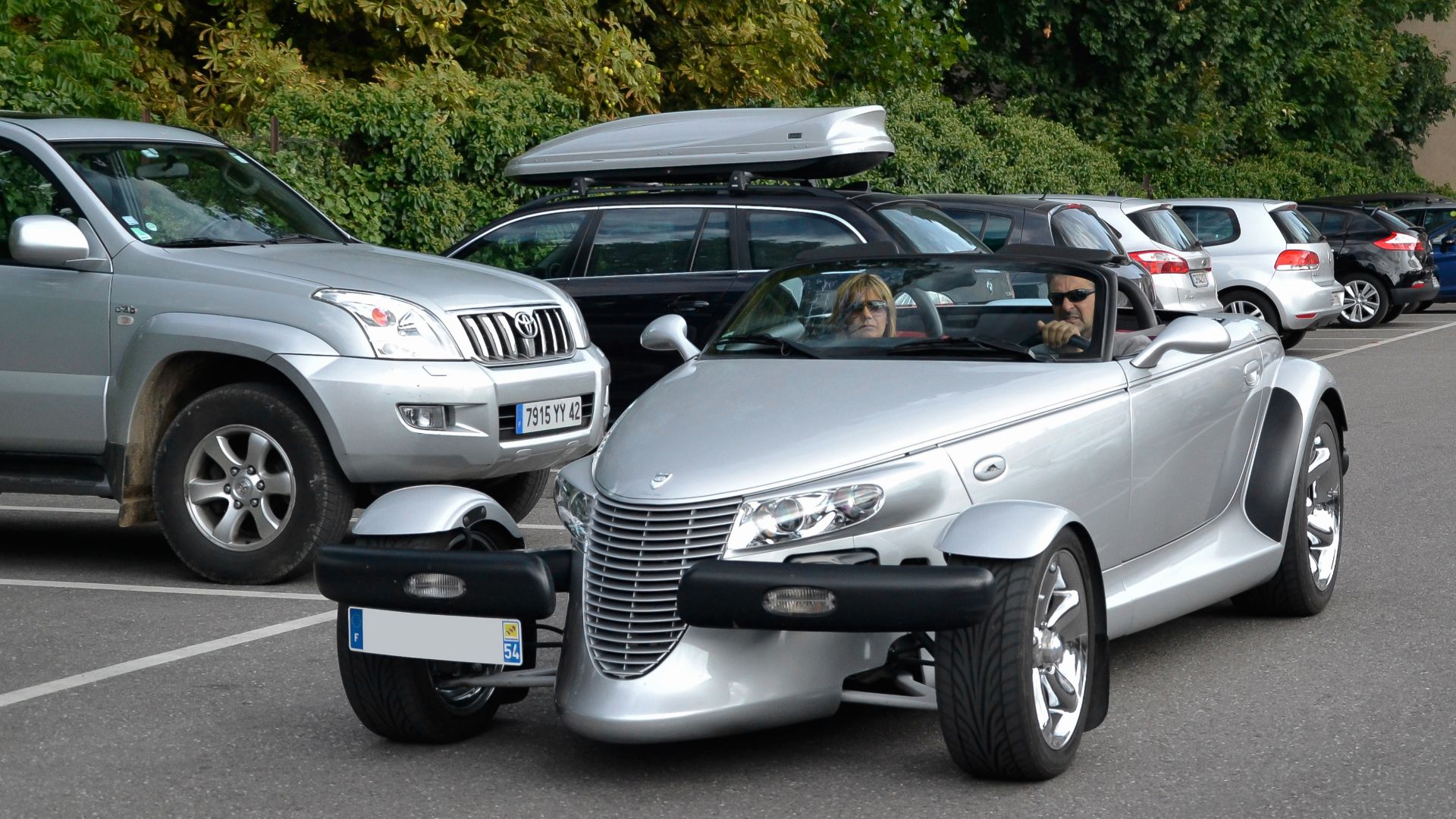 Alexandre Prévot from Nancy, France, Wikimedia Commons
Alexandre Prévot from Nancy, France, Wikimedia Commons
How It Actually Drove
Grip was huge thanks to 295-section rear tires, steering feel was vague, the ride was stiff, and chassis shake made itself known on rough pavement. As a casual cruiser, it was charming; as a sports car, it felt at odds with itself. The soundtrack leaned more minivan than megaphone.
 Ildar Sagdejev (Specious), Wikimedia Commons
Ildar Sagdejev (Specious), Wikimedia Commons
A Magnet For Stares, If Not Sales
The Prowler pulled attention like a supercar. Kids pointed, phones came out, and gas-station chats multiplied. But attention isn’t adoption. Without the performance to back up its look, it became a rolling midlife-crisis meme before social media used those.
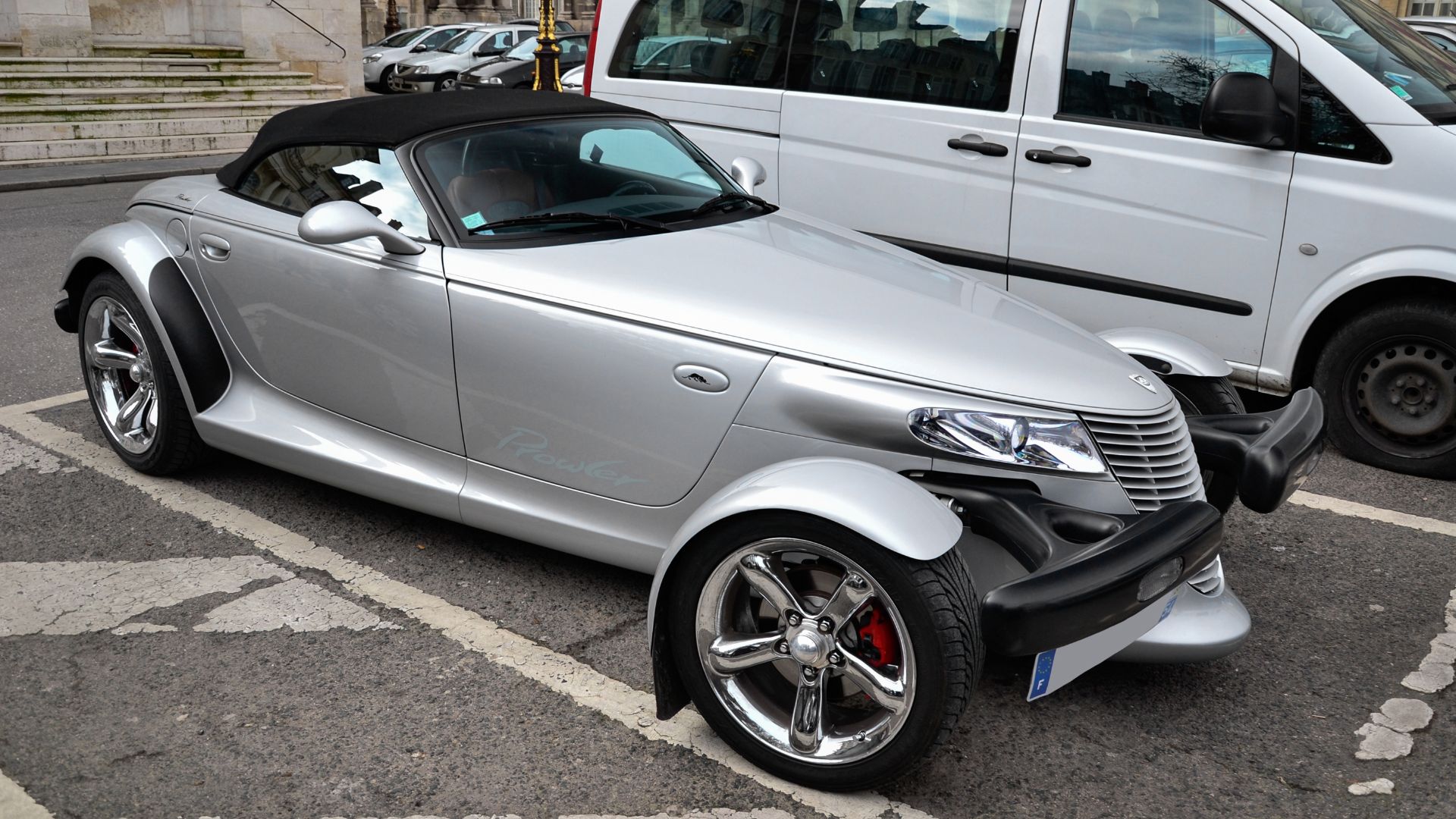 Alexandre Prévot from Nancy, France, Wikimedia Commons
Alexandre Prévot from Nancy, France, Wikimedia Commons
Value, Then And Now
Clean, low-mile cars often sit in the $20–30k USD window, with originality prized over deletes and swaps. It’s not blue-chip, but it’s steady. Uniqueness is its currency, and that currency spends well at Cars & Coffee.
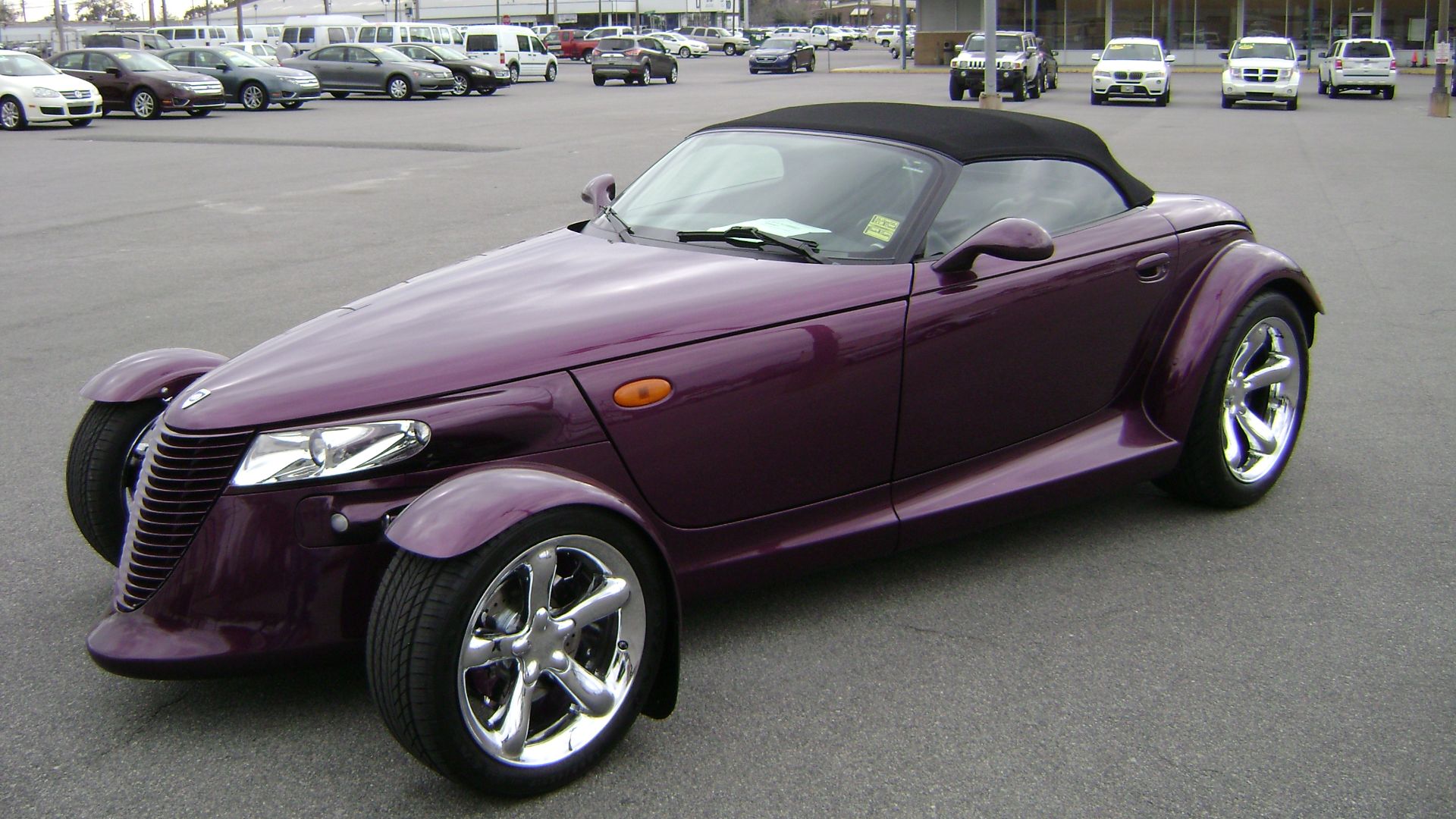 Michael Rivera, Wikimedia Commons
Michael Rivera, Wikimedia Commons
Legacy: A Necessary Weird
The Prowler proved big carmakers could still take weird, wonderful swings—and survive the miss. It trained the spotlight on design, materials, and daring, paving a strange path for future niche machines. The hot rod that never caught on still caught our eye, and sometimes that’s enough to matter.
 Alexandre Prevot from Nancy, France, Wikimedia Commons
Alexandre Prevot from Nancy, France, Wikimedia Commons
You May Also Like:
Classic Mid-Life Crisis Cars: Be Honest, Do You Own One?
Why The U.S. Postal Service Once Drove A Fleet Of AMCs

